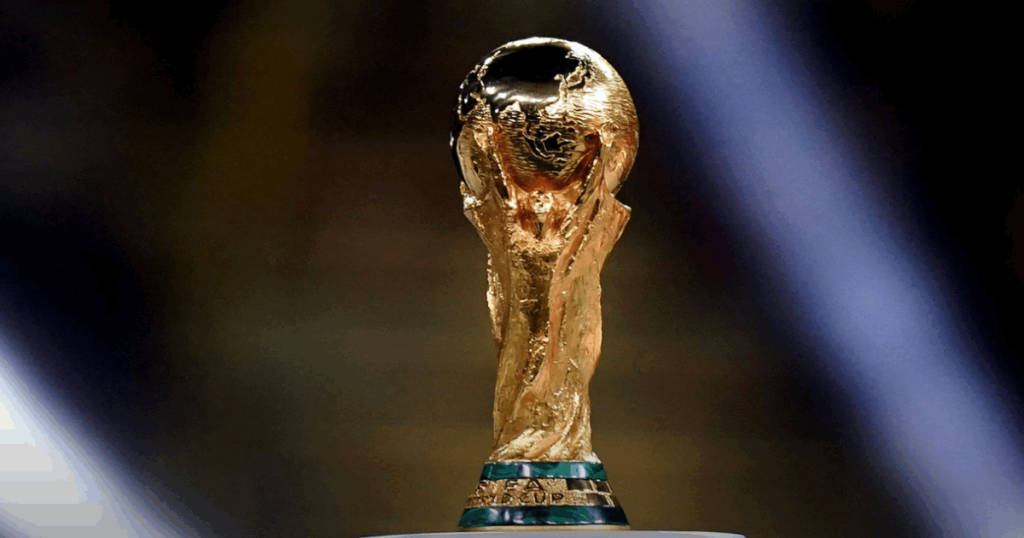The 2026 FIFA World Cup, set to be jointly hosted by the United States, Canada, and Mexico, is facing mounting concerns regarding extreme heat and its potential impact on player welfare and fan safety. These anxieties have been amplified following the experiences at the 2025 Club World Cup, also held in the United States, where high temperatures posed significant challenges for athletes. Coaches and players alike voiced their concerns, highlighting the detrimental effects of the heat on performance and health. This precursory event has served as a stark warning, underscoring the urgent need for FIFA to implement comprehensive heat mitigation strategies for the upcoming World Cup.
The 2025 Club World Cup provided a troubling glimpse into the potential dangers awaiting players and fans in 2026. Several prominent figures in the football world expressed alarm at the conditions. Borussia Dortmund coach Niko Kovac criticized the demanding schedule and intense heat, suggesting later kickoff times to alleviate the strain on players. Manchester City manager Pep Guardiola noted the difficulty players faced maintaining their rhythm in the sweltering conditions, while then-England manager Thomas Tuchel described the situation as “suffering,” emphasizing the need for effective cooling strategies. Chelsea midfielder Enzo Fernández recounted experiencing dizziness due to the heat, labeling the conditions “very dangerous.” His coach, Enzo Maresca, corroborated this sentiment, stating that training in Philadelphia was practically “impossible” in the afternoon heat. These firsthand accounts paint a clear picture of the serious risks posed by extreme heat during high-intensity sporting events.
The concerns raised by players and coaches were echoed by FIFPRO, the global players’ union, which described the Club World Cup as a “wake-up call.” The organization called for extended halftimes and additional cooling breaks to protect athletes from heat-related illnesses. Acknowledging the problem, FIFA’s Chief of Global Football Development, Arsène Wenger, admitted that the heat posed a challenge in some matches. He pointed to the use of water breaks and pitch watering as mitigating measures employed during the tournament. Wenger also indicated that FIFA had gleaned valuable lessons from the experience and planned to leverage air-conditioned stadiums and more suitable kickoff times for the 2026 World Cup. However, these assurances have done little to quell the anxieties of those concerned about the potential for heat-related issues during the tournament.
FIFA President Gianni Infantino has promised adjustments for the World Cup, including maximizing the use of air-conditioned stadiums, implementing mandatory three-day rest periods between matches for each team, and revising kickoff times to avoid the hottest parts of the day. He acknowledged the heat as a global issue but emphasized the availability of covered stadiums in the U.S. and Canada. Host cities are also taking steps to address the heat concerns. Dallas, Houston, and Atlanta will rely on their retractable-roof stadiums with climate control systems to provide a more comfortable environment for players and fans. However, Miami’s lack of a covered stadium presents a logistical challenge, particularly for scheduling afternoon matches, potentially exposing participants to dangerous heat levels.
Scientific research further underscores the validity of these concerns. A 2024 study published in Scientific Reports identified a significant heat stress risk in 10 out of the 16 host cities, with Arlington, Houston, and Monterrey experiencing particularly high average Universal Thermal Climate Index values. The research highlighted the potential for players to lose substantial amounts of body weight due to dehydration. A 2025 paper in the International Journal of Biometeorology emphasized that 14 host cities regularly exceed Wet Bulb Globe Temperature thresholds, making afternoon kickoffs particularly hazardous. These studies provide scientific backing to the concerns raised by players, coaches, and officials, highlighting the potential for serious health risks if appropriate measures are not implemented.
The issue of extreme heat at the 2026 World Cup has also garnered significant attention on social media. During the Club World Cup, fans and climate advocates criticized organizers for seemingly overlooking the risks associated with high temperatures. Hashtags like #TooHotToPlay trended during group matches held in Texas, reflecting widespread public concern. With less than a year remaining before the World Cup kicks off, FIFA faces mounting pressure from players, coaches, unions, scientists, and fans to prioritize safety by rescheduling matches, maximizing the use of climate-controlled venues, and implementing other effective heat mitigation strategies. The experiences of the 2025 Club World Cup serve as a stark reminder of the potential consequences of inaction, urging FIFA to take decisive steps to ensure the safety and well-being of all participants in the 2026 World Cup. The tournament’s success, both on and off the field, hinges on FIFA’s ability to address these concerns effectively.














